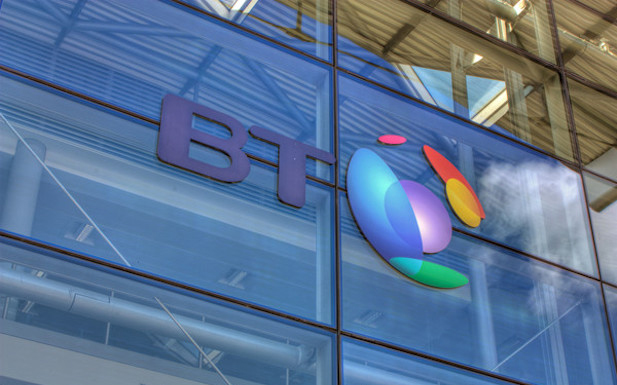Cellular standards are often criticised from the moment they are released, with LTE attacked for its lack of reliability and 3G for its speeds, but BT is among a growing number of telcos confident that 5G will get it right.
As announced in August, the UK-based operator is working with Nokia at its Adestra Park facility to research a variety of different 5G use cases and technology.
While a lot of the project is wrapped in that impenetrable cloak of a non-disclosure agreement, Adrian Hazon, Nokia’s Head of End-To-End 5G Sales in Europe, says the trials involve the likes of network slicing, cloud RAN, mmwave, ultrafast mobile broadband, mission critical services and the Internet of Things.
This collaboration with BT marks the latest research partnership Nokia has embarked on. Hazon argues these kind of projects are essential for steering the industry in the right direction. He says: “Research carried out with partners is essential for 5G, as it is not ‘just’ the next generation, but a major change in the industry.
“5G will take mobile networks from serving people to serving people and things, which is a significant difference, and will bring about changes for both operators as well as vendor strategies. This makes close cooperation an essential path for making 5G a success.”
Neil McRae, BT Chief Network Architect, adds: “You will start to see some of our output towards the end of this calendar year. There will between either four or five themes we are working on will shape what those [proofs of concept] will be…Then we will be evolving that to the point where we can begin to build business cases around them.”
There are two schools of thinking around 5G, with some telcos, such as Qualcomm, believing it will amount to an evolutionary step from LTE. Others, such as Nokia itself, believe it will be truly revolutionary for communications.
Where does BT stand? McRae says: “I will be honest – it’s too early to tell. Look at the standardisation process and how that works – you go in with a big vision and then you have to align that with how it’s going to work in practice across the world. Mobile technology has been very good at that. Handsets work everywhere you go in the world but there’s a level of compromise for us to get to that stage.”
He says minds have been concentrated by both Asian and North American telcos flying out of the blocks and setting aggressive pre-2020 deadlines for 5G networks. McRae thinks this hunger for being first will drive innovation, rather than result in fragmentation.
“Verizon is a very powerful force in telecoms and what it is doing is helpful,” he says. “The United States faces some unique challenges around coverage and capacity that is pushing their agenda. It will evolve into something that will be covered by other industry standards…Verizon is really focused on pace rather than trying to fragment the ecosystem.”
What is encouraging BT, among others, is that a sense that more thought is going into what 5G should be, how it should work and what it should enable. He says lessons are finally being learned after 3G and 4G emerged flawed and somewhat fragmented.
“If I reflect on where we were on 3G, it only became a fantastic service with HSPA. I wonder if there was an advantage to have been as early as some of the guys in the United States were. It’s only when 1800MHz became available that it really began to take off,” McRae says.
“There is some advantage in being first but in my mind, things are going to be a lot more aligned with 5G. The key challenge is to be clear on spectrum bands so radio guys can do their jobs properly. The sense from both the UK and EU governments is they are focused on developing that process more quickly.”
He says the biggest challenge is device delivery for 5G. BT is one of many operators aiming for some sort of vague “pre-2020” launch for a “5G-like” service but McRae says it is likely telcos will go to market with dongles initially, rather than handsets.
In addition to what this “5G-like” service will be, he is coy on exactly what component of 5G will be the most exciting.
He says: “That’s like asking me ‘who’s my favourite son or daughter?’. If you think about BT’s purpose of using communication for good, there are so many things about 5G like expanding reach or getting a community online where mobile coverage was not as good as it should be to uplifting bandwidth speeds on trains. We’ll be able to connect thousands of machines and sensors, something that could help flooding defence or the emergency services.”
When pushed, he says the industrial IoT is particularly interesting, but notes this is one area the industry is far from realising. He says a lot more work needs to be done with the specific verticals to see exactly what they would want and how telecoms could enable it.
McRae adds: “Every network revision is ‘more of the same but faster’. The visionary part of 5G is how it will help with the IoT and connecting billions of devices.”
The industry will find out quickly how much has been learned from the lessons of the past.



